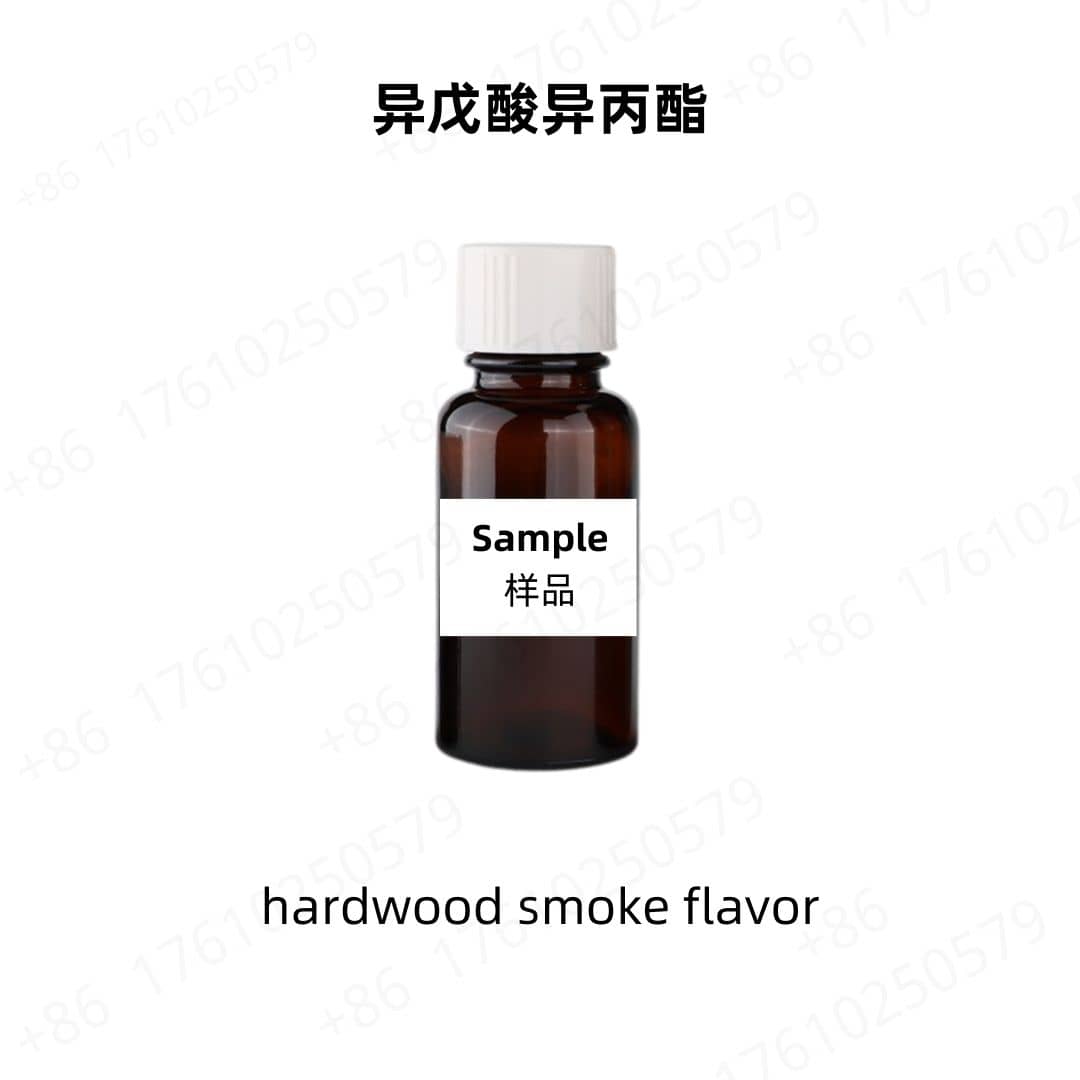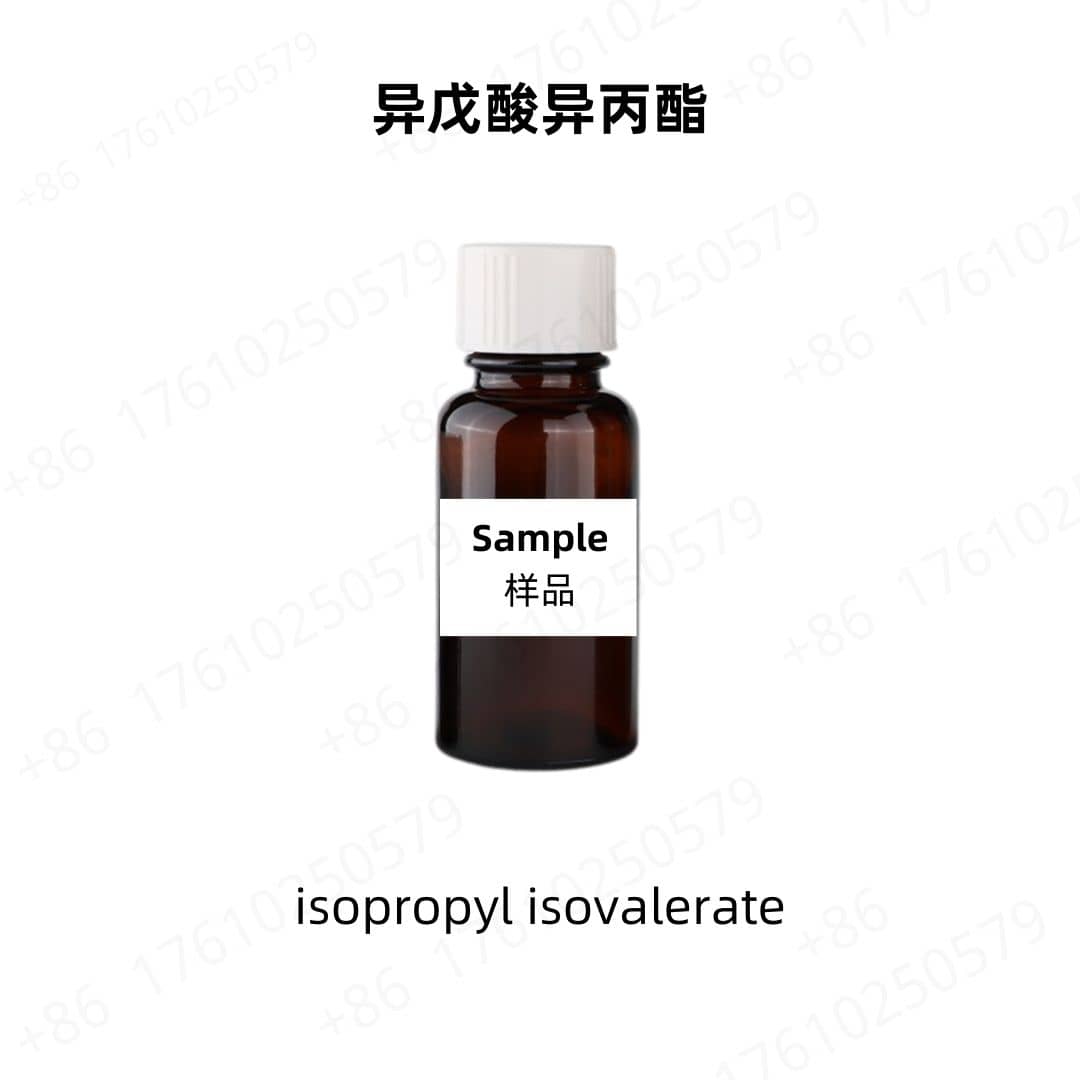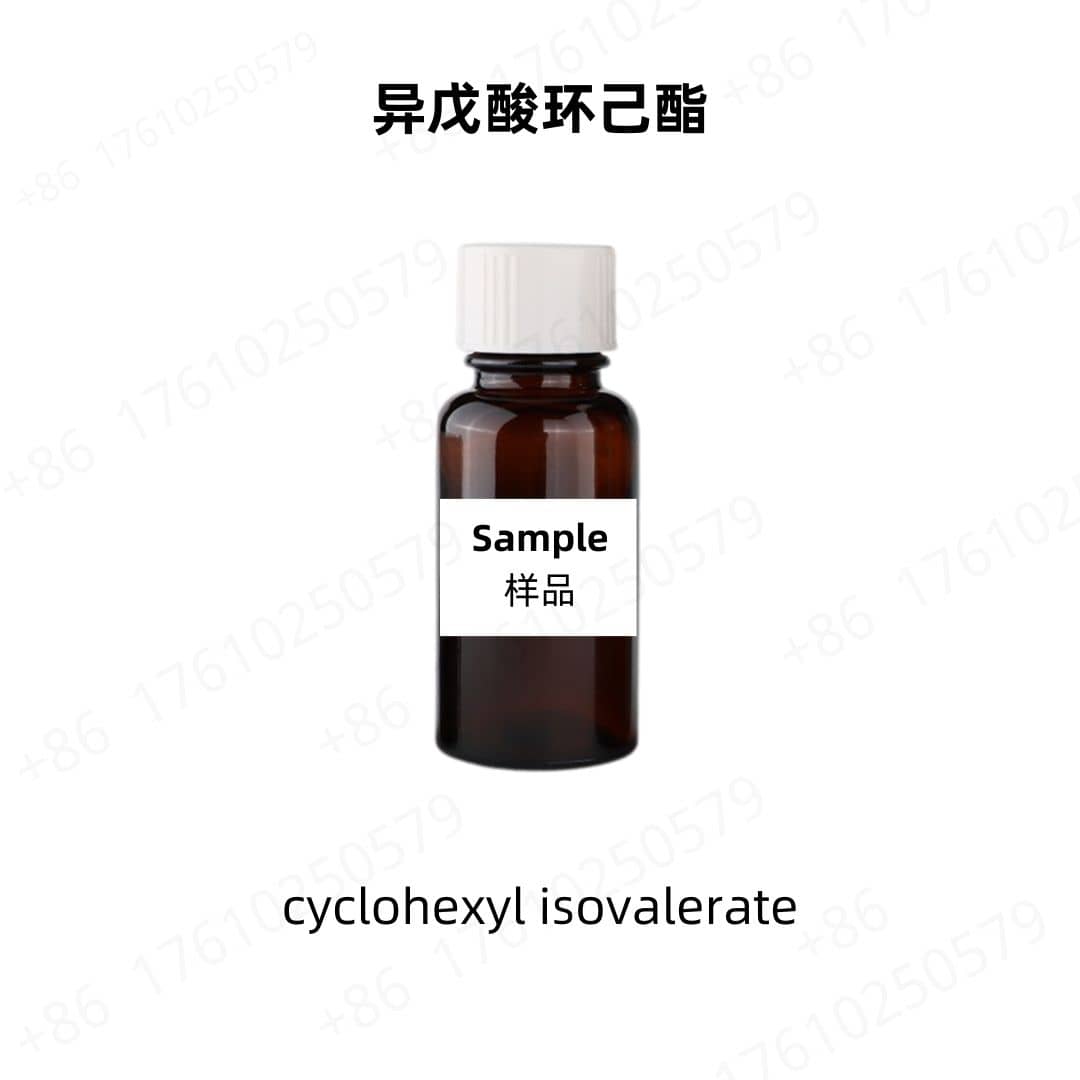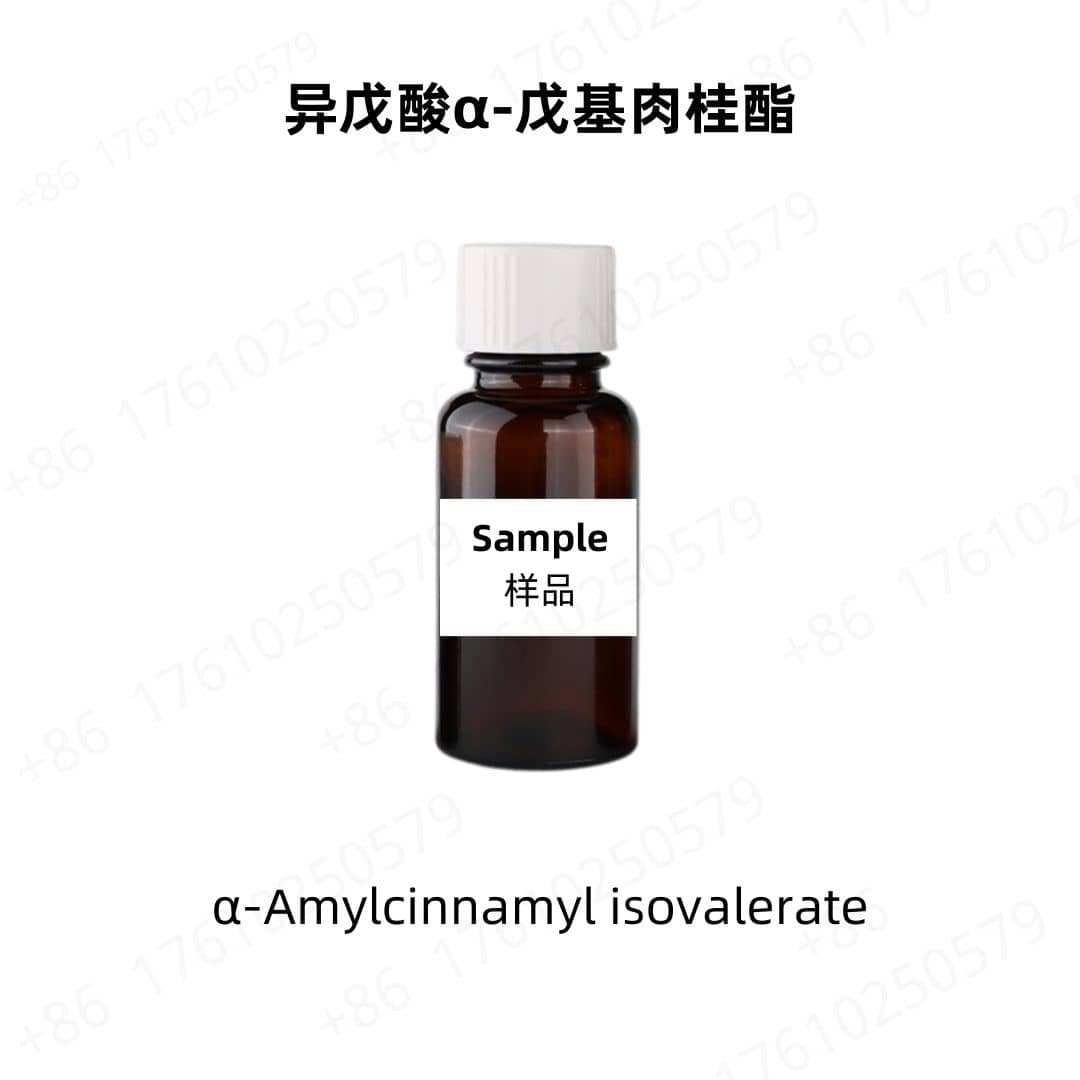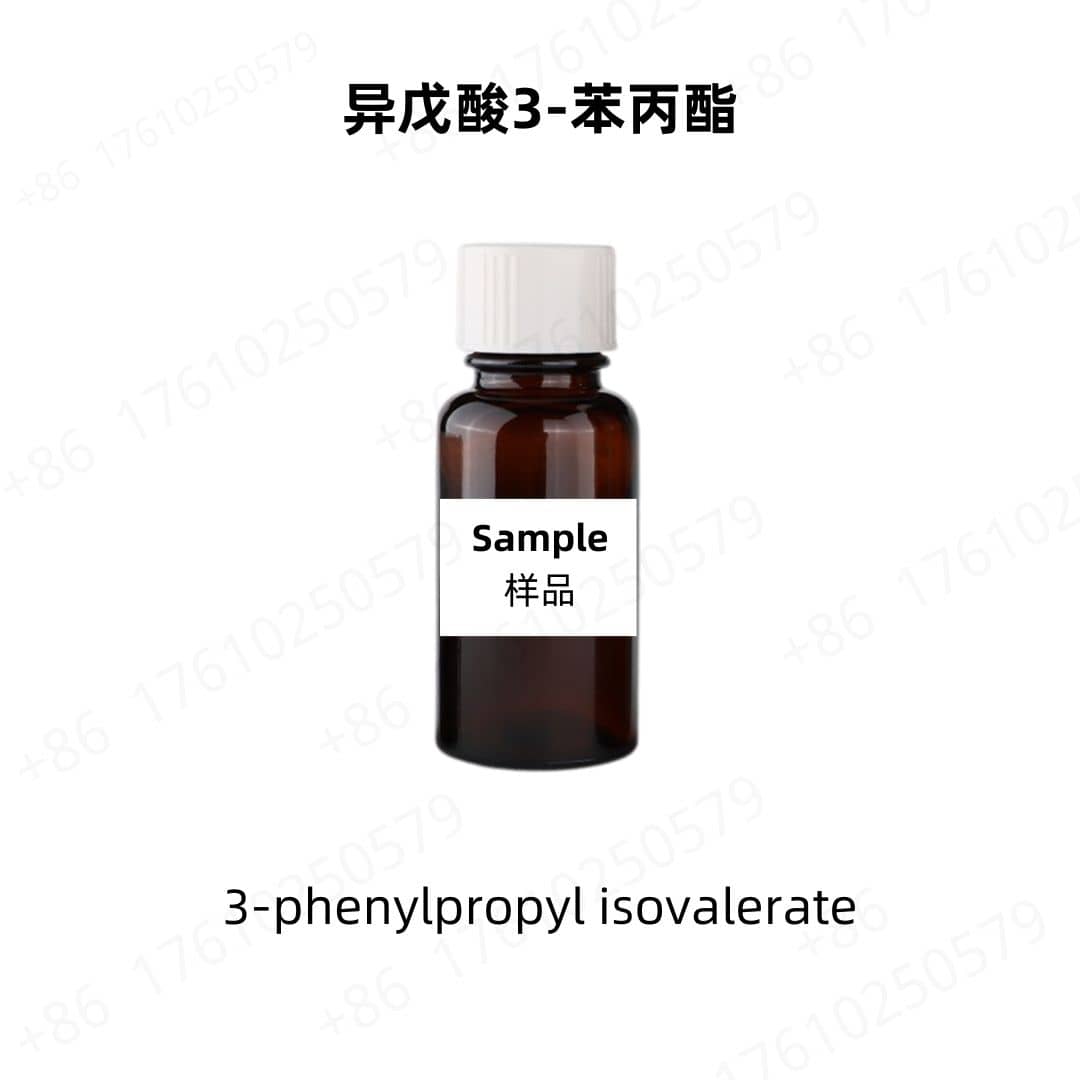Product Introduction
Civetone, a significant compound in the fragrance industry, is renowned for its complex musky aroma reminiscent of the scent produced by the civet cat. This substance finds its primary use in perfumery, where its unique characteristics enhance and deepen scent profiles. Civetone can also be utilized in flavor formulations, adding richness and depth to various products.
Product Composition
Civetone is a ketone classified by its specific carbon structure, which contributes to its unique fragrance profile. It is typically synthesized or derived from natural sources, allowing manufacturers flexibility in production methods. The compound is known for its high purity levels, ensuring minimal variation in scent attributes across different batches.
Production Process
The production of civetone can be achieved through both synthetic and natural methods. Synthetic civetone is usually generated from more readily available substrates through chemical reactions in controlled environments. Natural civetone was originally extracted from the glands of civet cats but is now primarily produced through synthetic means for ethical and sustainability reasons.
Efficacy and Function
Civetone is celebrated for its ability to act as a fixative in fragrance formulations, stabilizing volatile components and prolonging scent duration. Its musky notes serve to enhance floral and woody features in perfumes, resulting in a well-rounded aromatic experience. In flavor applications, civetone can contribute an interesting complexity, often elevating sweet or savory profiles.
Application Scenarios
Civetone is widely employed in the crafting of high-end perfumes, enabling perfumers to create signature scents that resonate with consumers. Beyond fragrance, it finds a place in gourmet culinary products and artisanal chocolates, offering layers of flavor that enhance the overall tasting experience. Its ability to serve multiple roles makes it a versatile ingredient in the fragrance and flavor fields.
Packaging and Transportation
- Storage Conditions: The product should be sealed, protected from light, kept away from high temperatures, and stored in a dry, cool, and well-ventilated place.
- Packaging: Bulk packaging is 25kg per drum, sample packaging is 1kg per bottle, and custom packaging is available upon request.
- Shipping Methods: FedEx, DHL, dedicated logistics, and sea freight consolidation.
- Shelf Life: Two years.
Monica Sun’s expertise in the cosmetic ingredients industry spans emulsifiers, active components, and plant-based raw materials development and application. She is dedicated to integrating science and nature, providing high-performance and eco-friendly ingredient solutions for skincare and personal care products.








